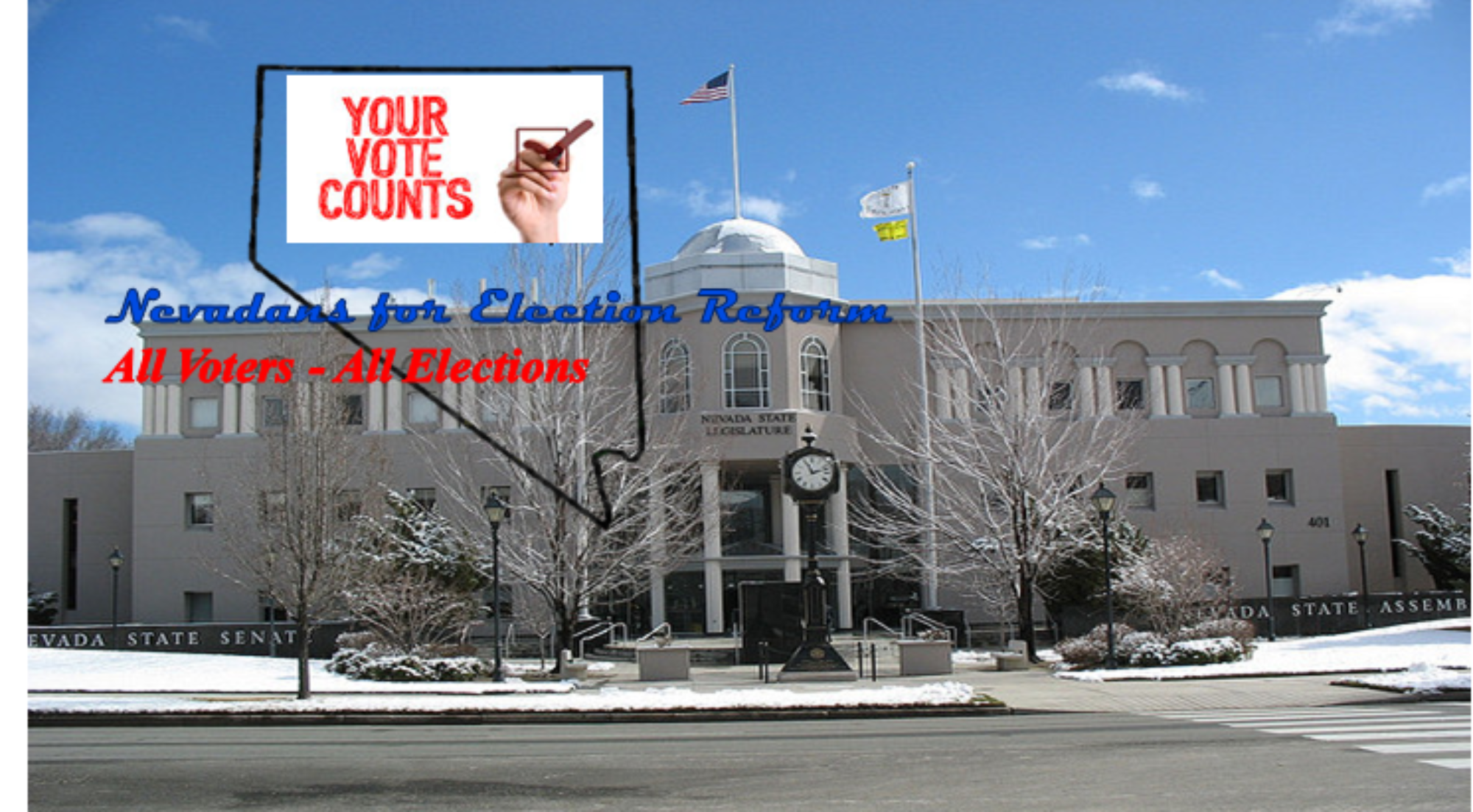The race for Washoe County School District Board of Trustees District C trustee has become a textbook example of why the 2017 session of the Nevada legislature needs to enact the Nevada Election Modernization and Reform Act – 2017 (NEMRA – 2017).
Because the incumbent resigned before completing one-half their term and after the filing deadline for the primary election, the new school board trustee could be elected with the support of less than 15 percent of the registered voters in the district. Perhaps 80 percent of those who did vote will have voted for someone else. Mandate? Not even close.
As of July 14, 2016, there were 47,552 registered voters in District C. Since this race is non-partisan, party registration does not matter. Average voter turnout for school board trustee elections in presidential election years (1996, 2000, 2004, 2008, 2012) is 67.9 percent. Using current registration, this means 32,288 voters can be expected to cast ballots for District C school board trustee. With a relatively strong turnout why such low support for the winner and such a strong justification for NEMRA – 2017?
Five candidates, no runoff of the top two vote getters as the case with the other four school board races that were contested in the primary, and 32,288 votes split five ways. With less than 6,500 votes needed for election, the new trustee will not have the support of a significant majority of voters.
Under NERMA – 2017 this would be different. Regardless of the number of candidates, the winner would have the support of a much larger segment of the district. With a large plurality, if not majority of support, the newly elected trustee would take their seat knowing they truly represent the district and voters would be confident their representative on the school board represents their interests.
By utilizing a system where the primary and general election are rolled into one, where voters only have to go to the polls once, voter turnout is maximized and those elected have a much larger base of support.
Allowing government officials to be elected with low levels of support can make governing, the setting of policy, difficult. Can an elected official make the right decision knowing they are speaking for only a small portion of their constituents? Can voters have confidence in the decisions of their representative when a significant number did not support their election? It’s unlikely. And an election system that fosters such an outcome needs to be seriously re-evaluated and eventually replaced.
The race for Washoe County School District Board of Trustees District C will be the 22ndelection contest this year where the winner is decided by a small minority of voters, perhaps less than 15 percent.
Nevada’s lawmakers can make 2016 the last year where outcomes such as this are possible by passing the NEMRA – 2017 during the legislative session beginning in February.
